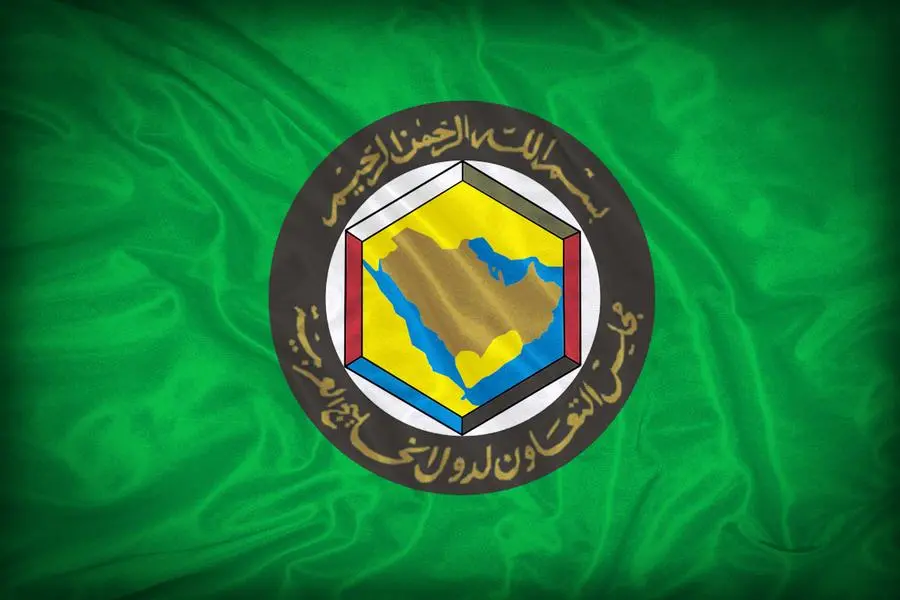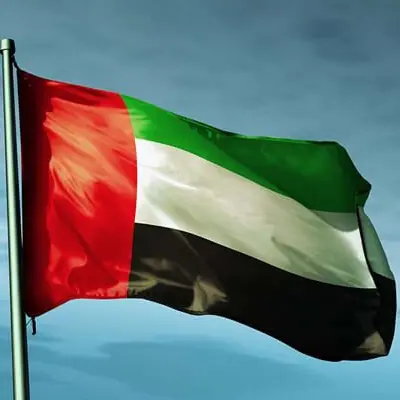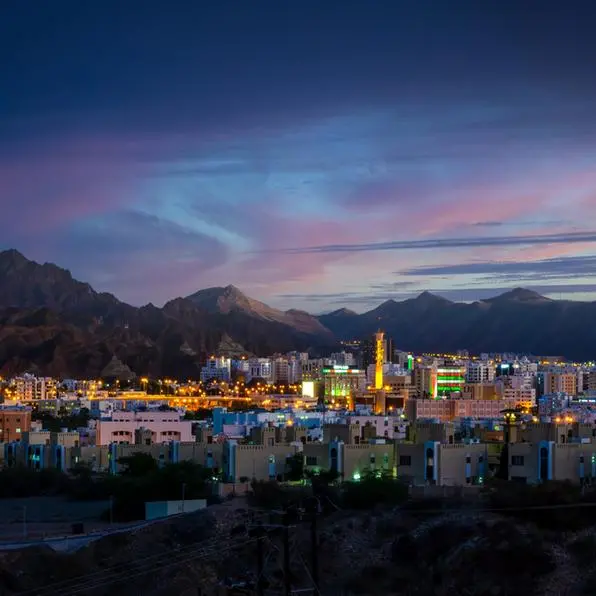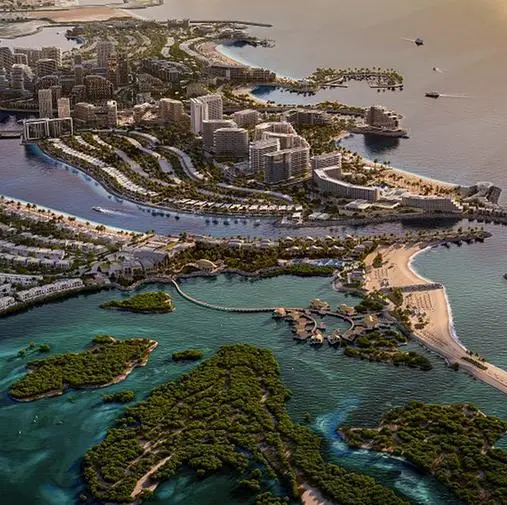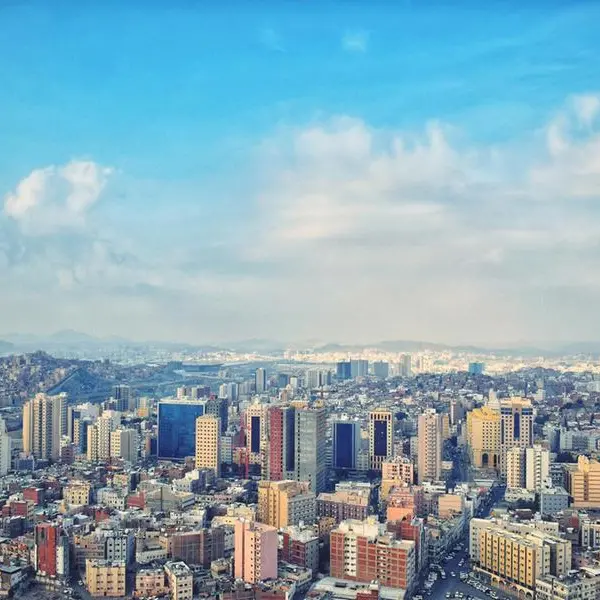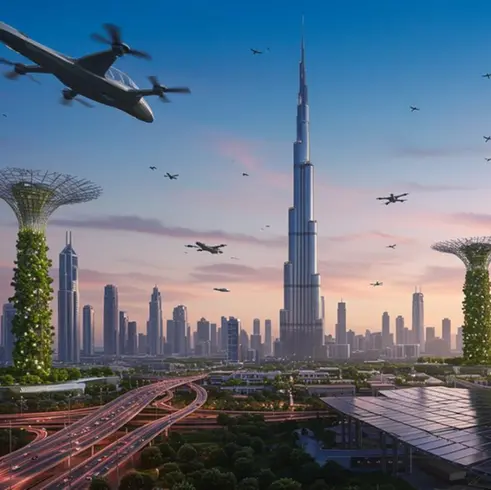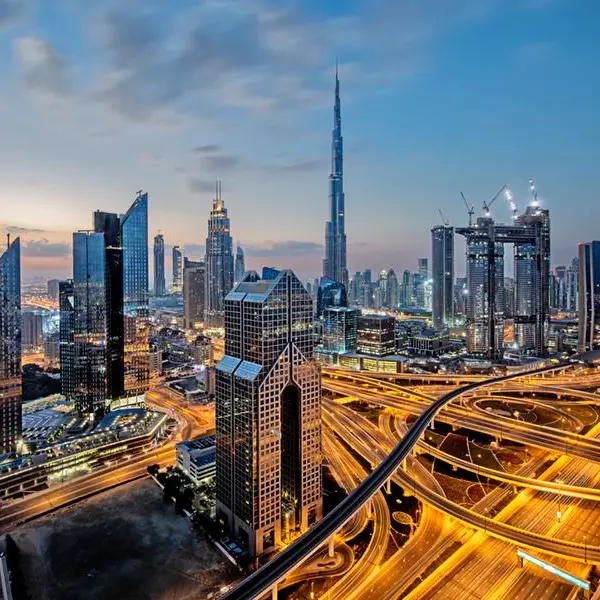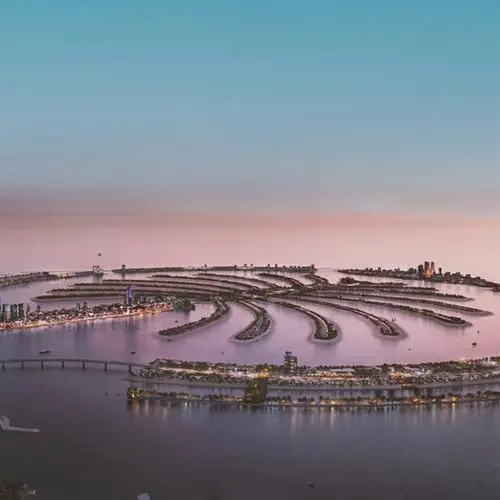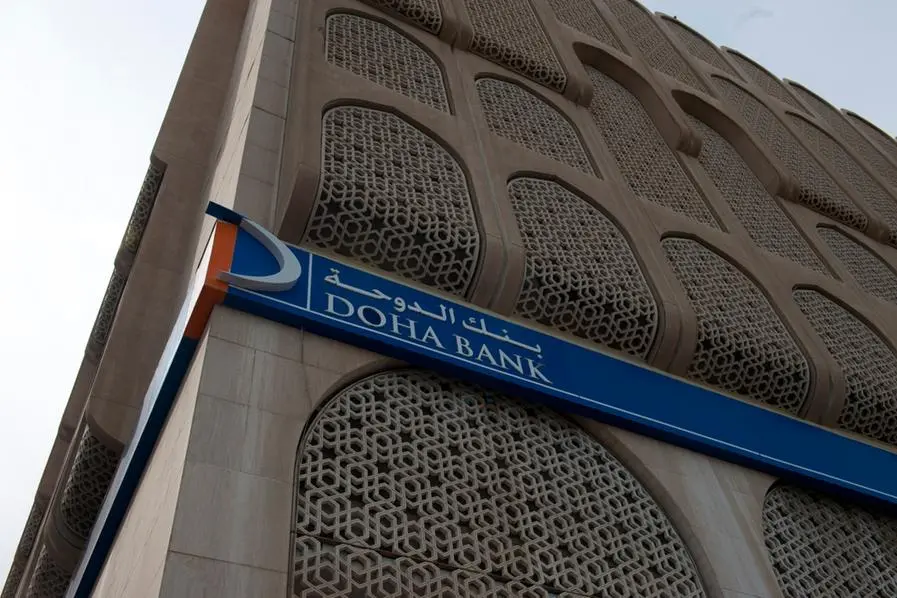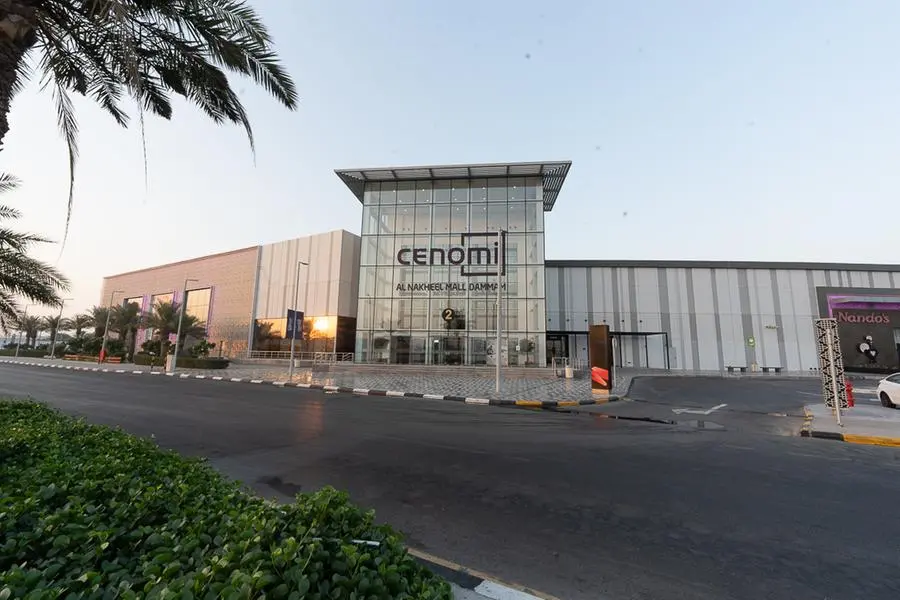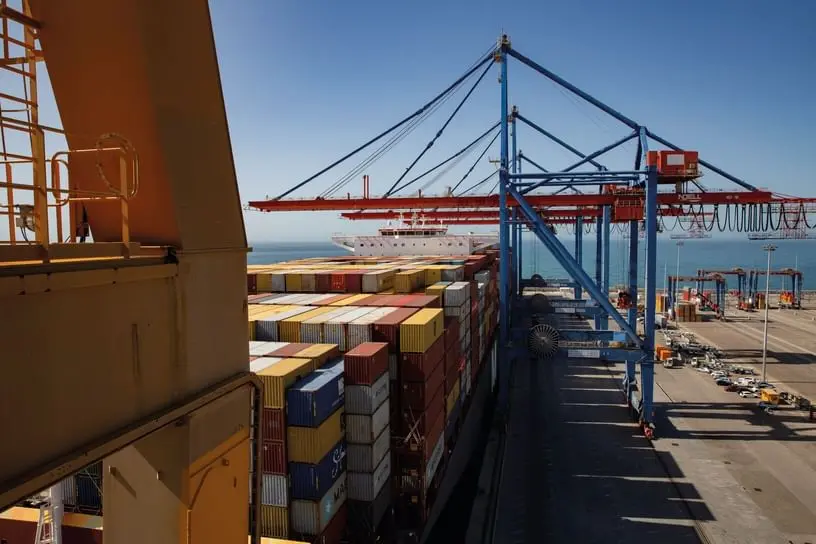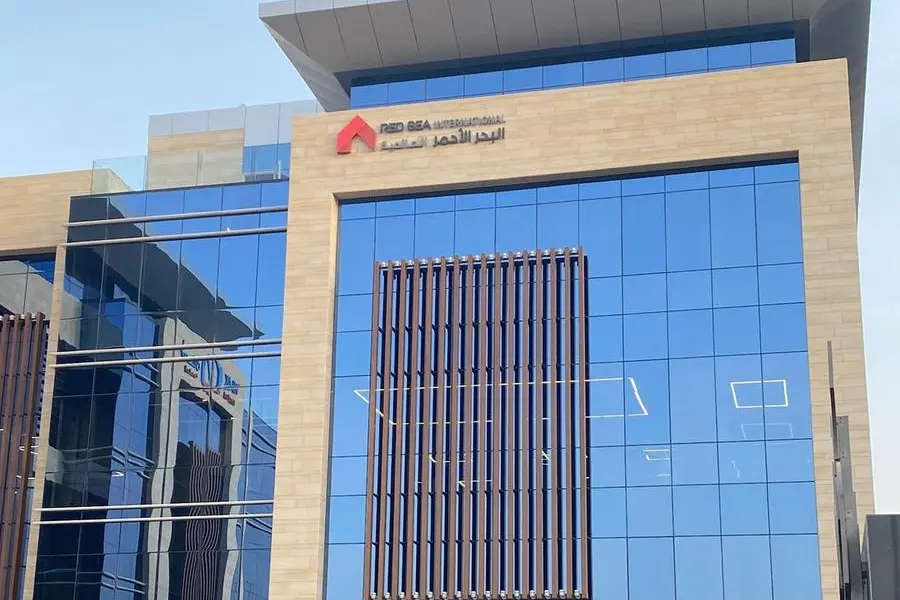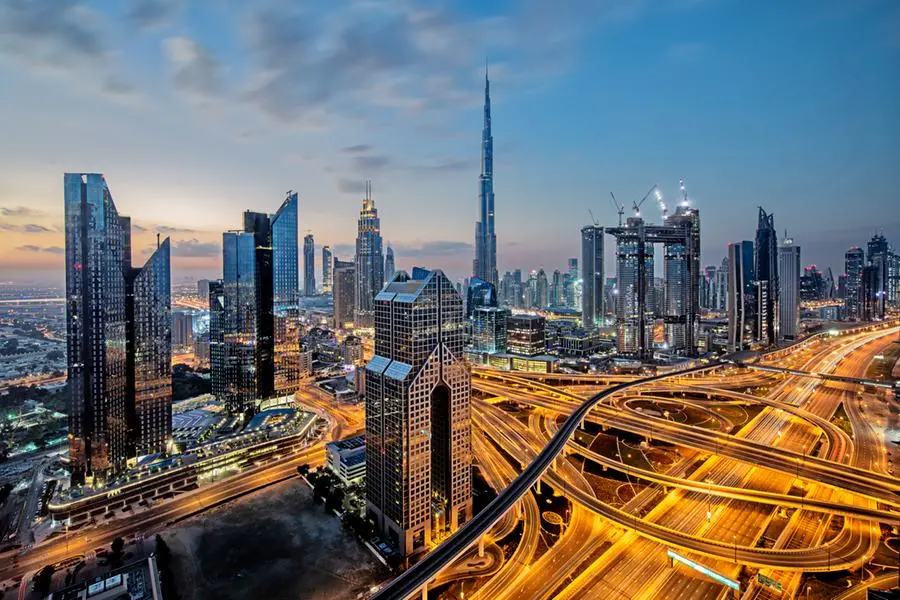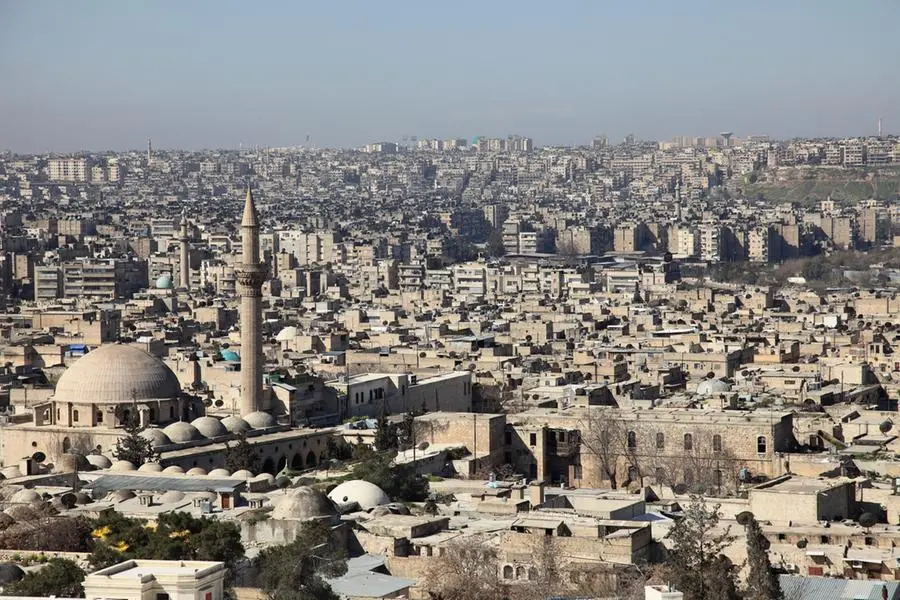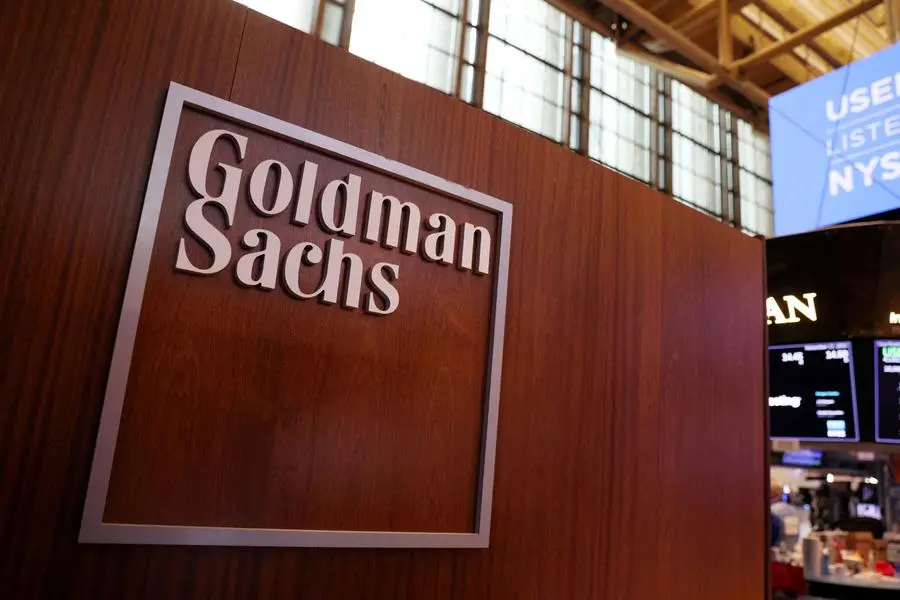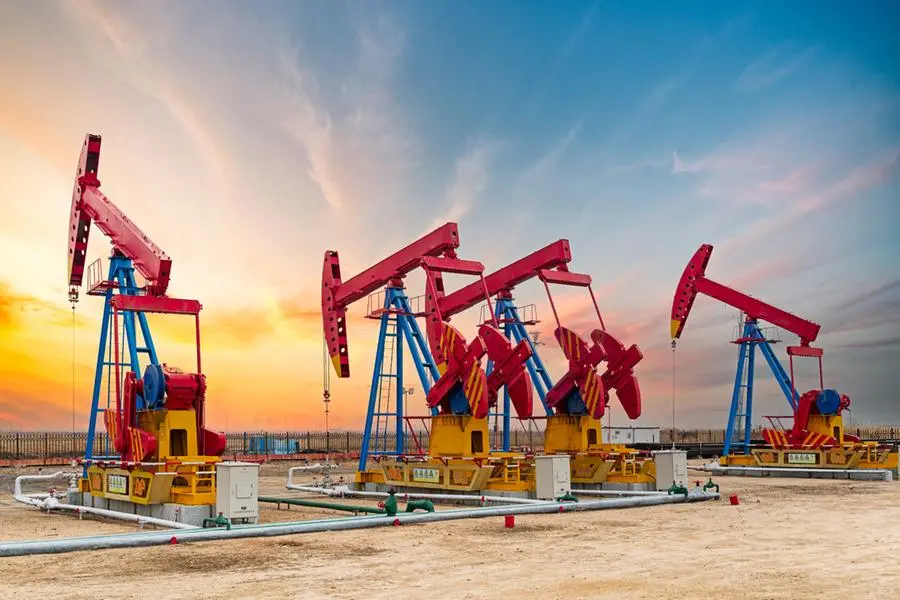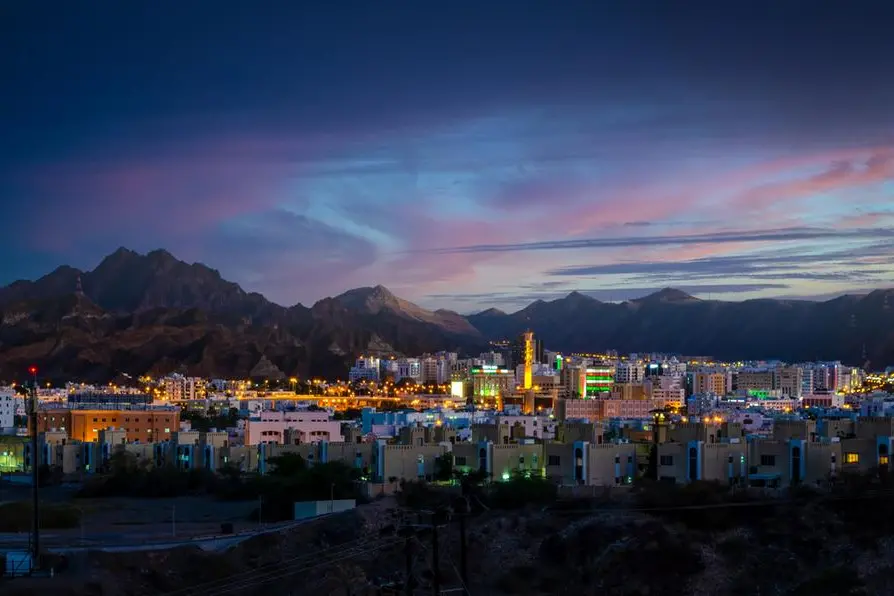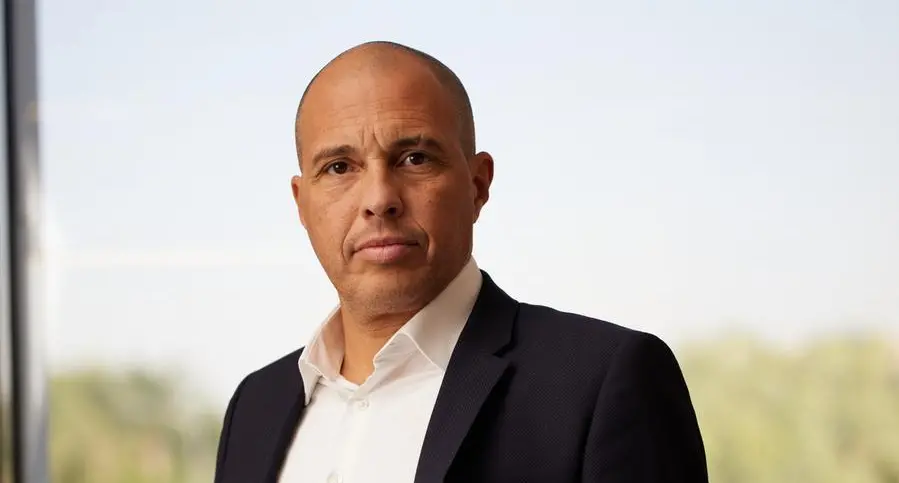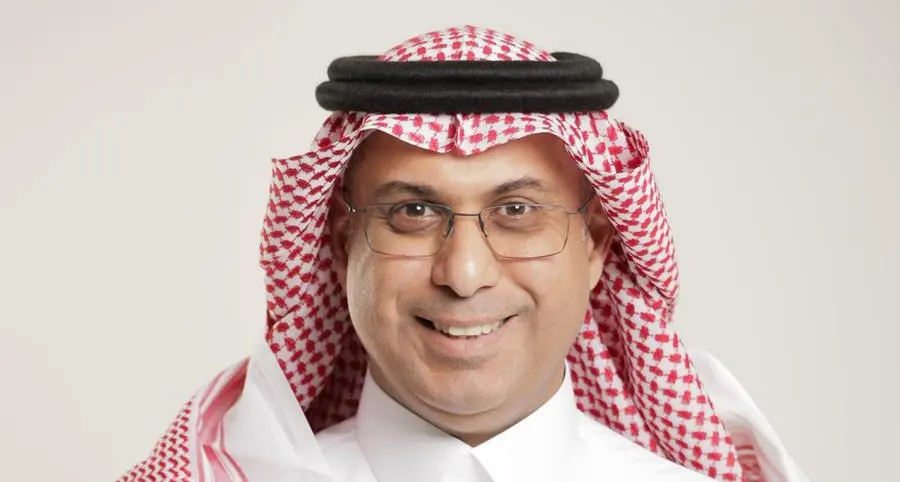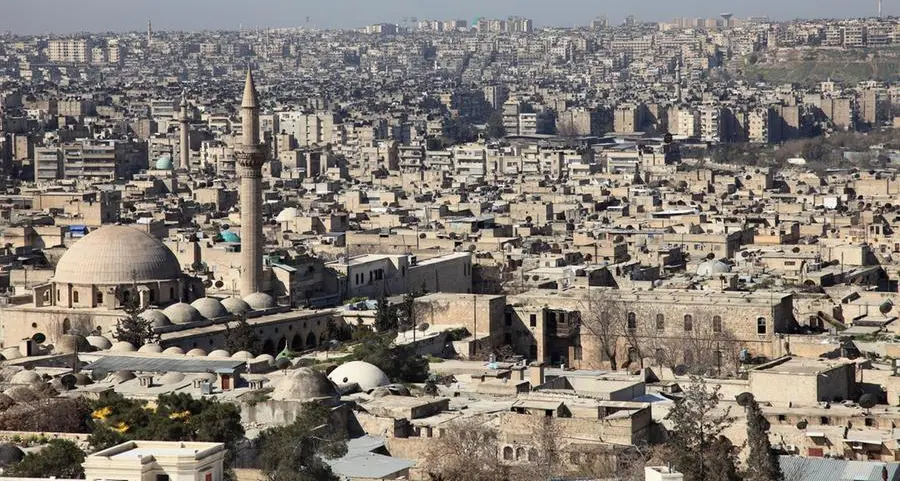PHOTO
By M.R. Raghu, CEO of Marmore MENA Intelligence
The GCC markets wrapped up April 2025 with a modest 1% decline, echoing the downtrend observed in March. While strong earnings – particularly from banks – offered a silver lining, the bigger story was oil. Crude prices plunged by nearly 14%, one of the steepest monthly falls in recent memory. Behind this rout is a mix of tariff-driven trade tensions and OPEC+ rolling back production cuts just as global economic momentum stalls.
Saudi Arabia, the region’s heavyweight, took the brunt with a 2.9% market dip. In contrast, the UAE shone through the gloom, with Dubai and Abu Dhabi gaining 4.1% and 1.8%, respectively. Still, the broader market sentiment remained cautious. Economists have steadily revised their oil price forecasts downward – from $80-75 per barrel earlier this year to a sobering $60-65 range. That’s below the fiscal break-even price level for many GCC countries, raising the spectre of widening fiscal deficits.
Tariff tantrums: Ripples in the Gulf
As the US and China spar over tariffs, the collateral damage is spreading and the GCC isn’t spared. The most immediate consequence is a weakening in oil prices, exacerbated by the looming threat of a US recession. For oil-dependent economies in the Gulf, this is a double blow: softening demand and an increasingly unfavourable fiscal outlook.
Adding a twist, some trade may get rerouted through GCC countries like the UAE and Saudi Arabia, thanks to their lower minimum tariff rates (approximately 10%). But such arbitrage opportunities are likely short-lived, with the US expected to crack down on such workarounds.
The tariff turmoil also briefly triggered spikes in global bond yields, though these cooled off. If tensions persist without resolution, yields could rise again – bad news for GCC nations eyeing an estimated $120bn in bond issuances this year. Coupled with a declining dollar potentially making imports costlier, the financial pressure on these economies is mounting.
Dubai real estate: Breaking away from oil’s shadow
Amid all the uncertainty, Dubai’s property market is proving a standout. Emaar Properties, a bellwether for the sector, has surged 10% so far in 2025, building on a whopping 73% rally in 2024. Over five years, the stock has delivered a stellar return, with its share price growing at a compound annual growth rate (CAGR) of 46%, dwarfing the GCC index’s 11%.
Interestingly, the correlation between Dubai real estate and oil prices is weak – negative in the short run and only slightly positive (0.17) over a decade. This reflects Dubai’s unique positioning: a diversified economy, low oil dependence, and strong global investor interest in its real estate sector. While oil remains the lifeblood of the broader GCC, Dubai continues to chart its own path.
Family offices: Evolving investment playbooks
A recent report by the CFA Institute and UBS sheds light on how family offices in the Middle East are allocating capital. Traditional and alternative assets now enjoy an almost equal split, signalling a shift in investment philosophies.
Notably, around 11% of traditional assets are held in cash – suggesting these investors are biding their time, anticipating better entry points. Within alternatives, private equity reigns supreme, both via funds and direct investments. Real estate holds a robust 15% share, reflecting the region’s affinity for tangible, income-generating assets—especially in light of Dubai’s success.
However, allocations to private debt, gold, commodities, and infrastructure remain modest. Given gold’s impressive long-term track record, there’s a strong case for rethinking exposure to this timeless asset.
© Apex Press and Publishing Provided by SyndiGate Media Inc. (Syndigate.info).
